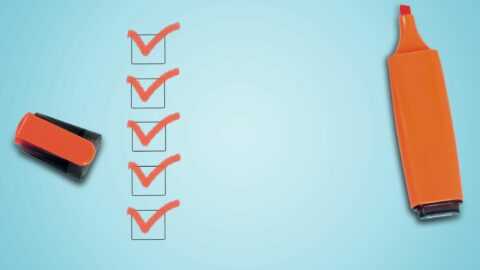Today, I’m thrilled to share a comprehensive guide on decluttering and organizing, especially when it comes to helping hoarders.
Together, we’ll explore the five essential steps in the decluttering and organizing process that can make a significant impact. Whether you’re a professional organizer, someone gearing up to tackle a major decluttering job, or simply interested in understanding hoarding behavior, I’m here to share my insights.
1: The Initial Assessment
When I’m faced with a colossal decluttering job, the first step I take is the initial assessment. This phase is all about understanding the enormity of the task at hand and gathering the resources required.
I recommend bringing a clipboard and business forms to this first meeting.
In extreme hoarding situations, we might need even more specialized resources, such as hauling services, donation centers, estate liquidators, or even hiring an appraiser. And don’t overlook the importance of cleaning services or contractors if the situation calls for it. It’s like assembling a task force to downsize a house, and as professional organizers, we often take on the role of project managers.
2: Goal Setting and Planning
With the initial assessment behind us, it’s time to clarify our goals and establish priorities. In many cases, we’re working backward from a specific date, such as an open house or moving day. But when hoarding behavior is involved, we might find ourselves following a checklist from a health worker, landlord, HOA, or zoning official.
To assist in setting goals, I often use full adhesive sticky notes and painter’s tape to create an ad hoc project plan directly on the walls and furniture in a house I’m working in (don’t worry, they peel right off with no residue). This visual aid helps clients map out their timeline and stay on track. Back at the office I collect my notes and create a Trello board or digital action plan.
We also delve into deciding which categories to tackle and in what order. This step lays the groundwork for a structured approach to decluttering.
3: Sorting and Decision-Making
Now, let’s dive into the hands-on part: sorting and decision-making. This is where the magic of decluttering happens. As professional organizers, we become experts at solving puzzles. We categorize clutter into manageable groups and guide our clients through the decision-making process.
I recommend clear trash bags for donations and banker’s boxes for “keep” items to my clients. These tools can be real game-changers during the decluttering process.
Just remember, when dealing with hoarding behavior, decision-making can be a real challenge. What appears logical to us might seem entirely irrational to our clients.
4: Emotional Support
Another critical aspect of decluttering is providing emotional support. Family and friends can become quite judgmental when the process begins, so I often request that they step aside during our sessions.
To create a calming ambiance, consider using essential oil diffusers like this if your client is okay with it. I often bring essential oil on the job to help me stay centered and ward off bad odors. A soothing environment can significantly reduce stress during the process.
My role in this stage is to offer unwavering emotional support and practical solutions while ensuring we stay on schedule.
5: Organizational Strategies
Lastly, we arrive at organizational strategies. Professional organizers are masters at optimizing storage and creating functional spaces.
To help maintain order, I suggest investing in simple organizing products like photo boxes, plastic bins, and open containers that fit on shelves or in large drawers. They work wonders for maximizing space and keeping items accessible.
Keep in mind that there’s an entire industry dedicated to helping people struggling with clutter, and you can be part of it too! If this career path intrigues you, check out my specialized training courses to learn more.
As professional organizers for hoarders, we play a pivotal role in transforming lives and creating organized, clutter-free spaces. It’s a challenging yet incredibly rewarding journey.
Thank you for joining me on this blog post. If you found it valuable, please share it with others who might benefit. Together, we can make a difference in the world of decluttering, organizing, and offering vital support to those who need it most.
- 9 Top Bathroom Drawer Organizers That Maximize Small Spaces
- 11 Creative Ways to Clean Out Your Closet and Boost Your Organization Game!
- 5 Genius Small Kitchen Drawer Solutions for a Tidy Home
- 5 Game-Changing Desk Drawer Organizers for a Tidier Workspace
- 5 Transformative Vintage Home Library Tips for Book Enthusiasts
[Disclaimer: We may earn a commission for purchases made through the Amazon affiliate links provided.]














![Organized Living: Solutions and Inspiration for Your Home [A Home Organization Book]](https://m.media-amazon.com/images/I/41YV91X2muL._SL160_.jpg)


